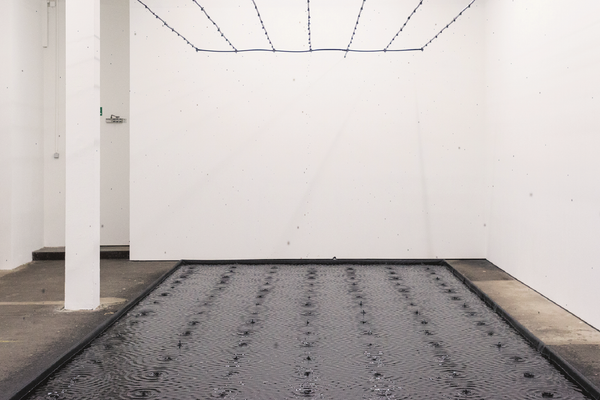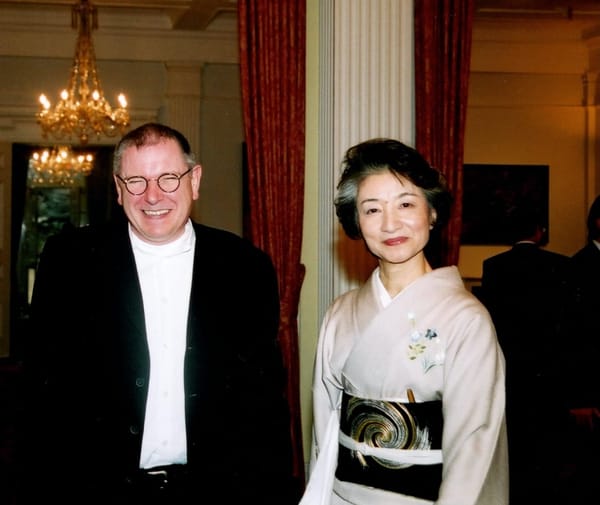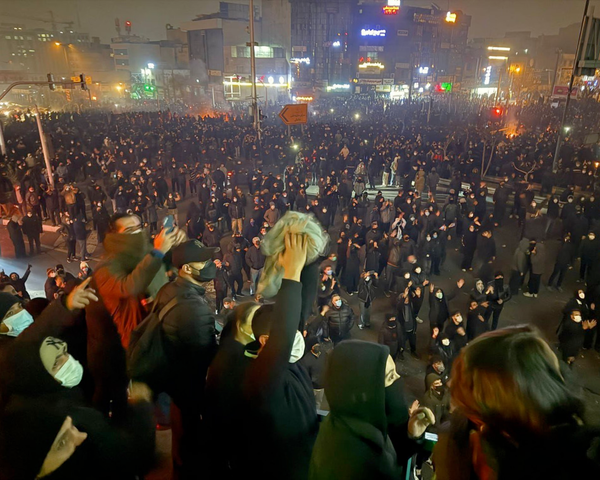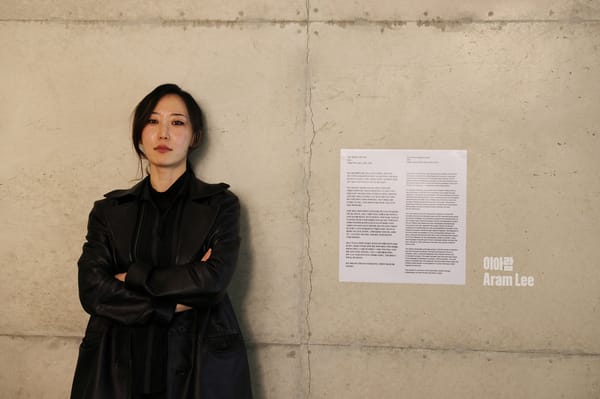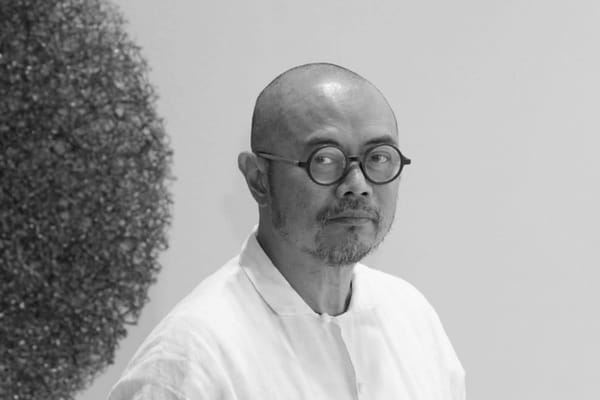News
Indian Museum Focus Flipped from Mughal Art to Hindu Culture


Chief minister of Uttar Pradesh State, Yogi Adityanath, announced on September 14 on Twitter of new plans to restructure Agra’s still under-construction Mughal Museum to focus instead on Hindu culture. The museum will be renamed after the 17th-century Hindu king, Chhatrapati Shivaji Maharaj.
Visualized in 2015 by Akhilesh Yadav, former Samajwadi Party chief minister, the museum was originally intended to showcase Mughal art, jewelry, weapons, manuscripts, and coins from the Muslim Mughal Dynasty (c.1526–1857), and to act as a bridge to other Mughal monuments in the area, such as the 17th-century Taj Mahal, 1.3 kilometers east of the museum. Construction has halted since Adityanath, of the right-wing Hindu nationalist Bharatiya Janata Party (BJP), took over in 2017.
In his Twitter post, Adityanath explained that the change was brought about because, “The symbols of slavery mentality have no place in your new Uttar Pradesh,” and “Our hero is Shivaji Maharaj.” While details concerning the government’s new aims to use the museum as a platform for Hindu culture remains to be confirmed, India Today reported on Monday that there are plans to complete constructions for the museum in December 2021, with new designs such as a life-size statue of Shivaji in addition to a section dedicated to Braj culture.
Many have expressed outrage since the news broke out. History professor at the University of Delhi, Farhat Hasan, shared with Arab News how disappointing it is to see the government disregard the “significant role the Mughals played in building the composite culture of India.” The name change is also seen as a political move by some, including Shamshuddin, the president of Approved Tourist Guide Association, who commented that the only linkage between Shivaji and the city of Agra is the statue of him at Agra fort, according to Hindustan Times.
Plans for the museum, designed by Studio Archohm and Berlin-based David Chipperfield Architects, included a 20,000 square-meter building with 5,200 square-meter of exhibition space, and was meant to pay homage to traditional Mughal architecture including the adoption of principles of rationality, order, and repetition. An open pavilion was also planned to highlight views of the Taj Mahal.
After prime minister Narendra Modi’s appointment in 2014, there have been increased reports of physical and political attacks against Muslims in India, according to The New York Times. In 2017, the BJP government in Uttar Pradesh omitted the Taj Mahal from its tourism brochure to prioritize Hindu religious sites such as the town Ayodhya, considered the birthplace of the Hindu god, Ram. Modi returned to Ayodhya in August to commemorate the building of the controversial Hindu temple in replacement of the former mosque, Babri Masjid, which was destroyed in 1992 by Hindu extremists.
Ariana Heffner is an editorial intern of ArtAsiaPacific.
To read more of ArtAsiaPacific’s articles, visit our Digital Library.
